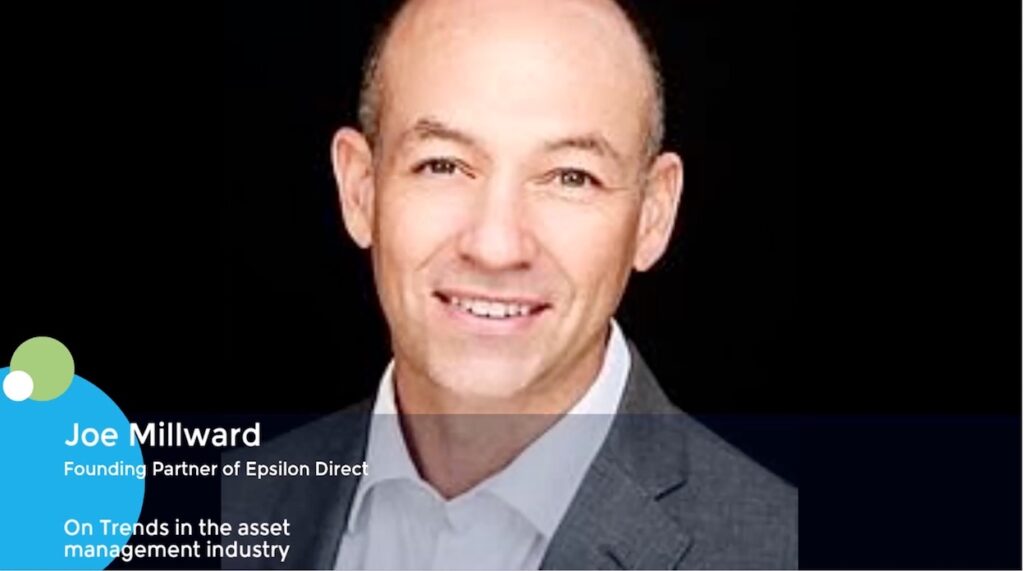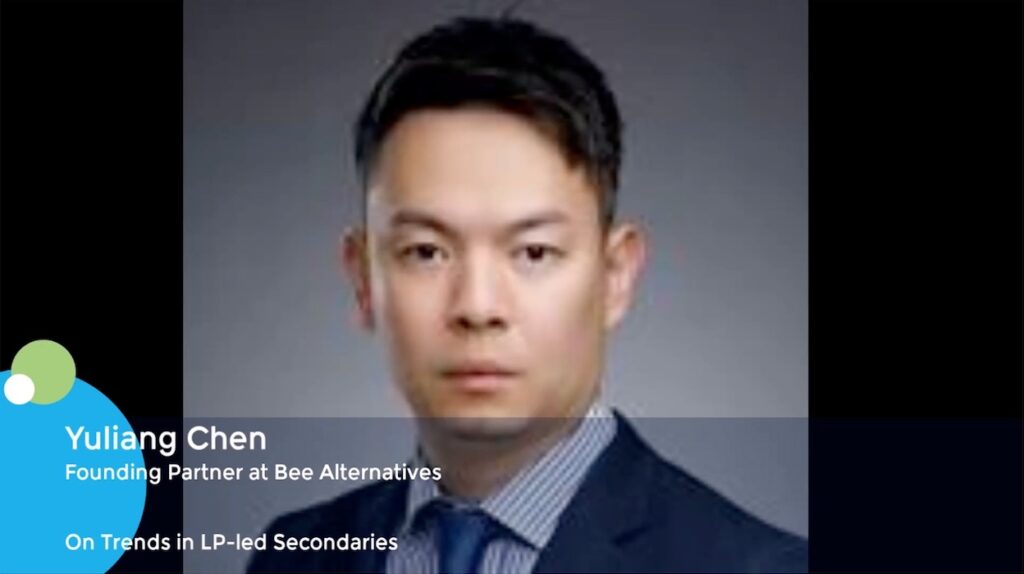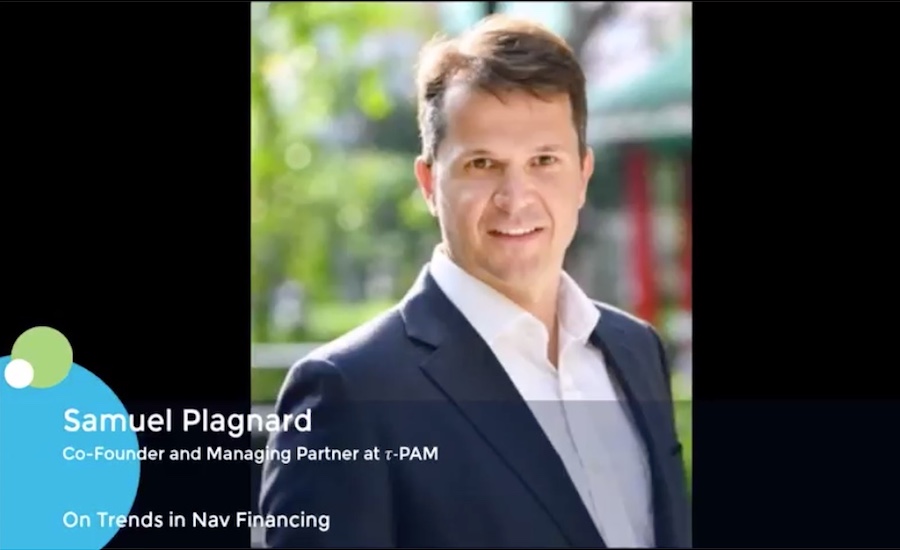Hamilton Lane on its Asia PE evergreen product, demand from institutional LPs
Collwyn Tan is Hamilton Lane’s co-head of Asia investments. The private markets investment firm recently launched an Asia-focused evergreen fund, one of the first of its kind in the market, targeted at institutional and private wealth investors. It offers exposure to Australia, Japan, Korea, India, Southeast Asia, and China via co-investment and secondaries. Hamilton Lane has USD 958bn in assets under management and supervision globally.
Q: Why do an Asia-focused evergreen product now?
A: We’ve been doing evergreens for over six years – we now have about USD 11bn in evergreen products – and I think that infrastructure allows us to look at Asia through a different lens. We’ve been investing in the region for a long time; I’ve been with the firm for approaching 15 years. We’ve built up our presence in APAC to six offices with 70 investment professionals, essentially covering all major markets in the region. As a result of that time and resource commitment, we have a Rolodex of 500-GP relationships, many of whom are best-in-class managers with local knowledge and local networks to access opportunities. Our deal flow run rate is about USD 5bn in co-investment and USD 10bn in secondaries. I think the new evergreen product is really kind of a function of the markets, and what we have built in Asia, and our experiences and know-how from our evergreen platform.
Q: How do you address the general disappointment with distributions from Asia?
A: We are seeing some positive signs. We have seen Asian private equity mature pretty rapidly over the last 15 years. For example, 10 years ago, there were not a lot of secondaries in Asia, you would only see zombie funds. And if you look at the liquidity ratio of Asia PE buyouts specifically, measured as distributions over contributions, over the past few years that number has crept up to be very similar to the US and Europe. Part of that is because, while contributions have definitely slowed, liquidity has been good, specifically in India and Japan. Recently, there’s also been a bit of a renaissance in terms of IPO exits for many Chinese sponsors. At the same time, only one-third of liquidity is being generated from IPOs – gone are the days where exits are a function of public market conditions. The other two-thirds are strategic sales and sponsor-to-sponsor sales or continuation vehicles (CVs). So, we’re seeing different types of exit and liquidity routes.
Q: What does this mean for your approach?
A: We’re going to be buyout-focused in our co-investments, so we can really have a good handle in controlling our own destiny in terms of where we should exit. We won’t have that public markets constraint, and a lot of the liquidity will come from secondaries, because we can shorten the duration from the standard 5-6 years of underwriting to 2-3 years. Given the challenges around liquidity, there are a lot of opportunities in secondaries, so we can pick our spots. And I think our differentiation is that we have the relationships and we have the data. There is an information advantage in underwriting some of these deals.
Q: So the evergreen product will only be co-investment and secondaries?
A: It will be 50-50 in co-investment and secondaries. It’s a similar approach to our global Private Asset Funds, where we are trying to leverage our relationships and invest alongside our GPs, and in many cases, we’re also providing liquidity solutions to their positions in terms of overall management or to their LPs. There will also be a 50-50 split between developed Asia, which includes Korea, Japan, and Australia, and then developing Asia, which is China, India, and Southeast Asia. And then in terms of strategy, it will be 50-50 as well, with buyouts particularly on the more mature side of Asia, and then growth deals in growth regions. That’s the beauty of this vehicle – you are tapping into a very balanced approach of mature Asia and the high vibrancy and growth of developing Asia.
Q: Where do you expect to see the most demand for the Asia evergreen fund?
A: I believe most of the demand will come from regional LPs: institutions, private wealth management platforms, and life insurance firms. We have already had discussions with a few institutions – smaller investors that wouldn’t be going into draw-down funds – and there’s been good progress. Similarly, with our approach to Private Asset Funds, we also have a few existing private wealth management partnerships. I suspect that will be the initial cohort of investors. Another part of the genesis of this product is that over the last two years we have been getting a lot of international LPs, that are existing investors of ours, coming to us and asking what they should do for Asia. I think part of it is because two years ago there was inflation risk, interest rate, and US dollar exposure. Many international LPs, in some sense or another, are overexposed to US assets. So, they are increasingly looking to deploy in Europe and Asia.
Q: There are existing clients with exposure to other evergreen products that decide they want to add Asia?
A: They look at us in two ways. One is we have the Asia story, so they get some Asia exposure. The other is the benefits of evergreens. Some of our existing clients, in the life insurance space for example, face a lot of regulations that mean investing in a traditional commingled fund is more challenging. If you’re committed to funds, you’re probably not going to get your capital call until a few months down the line and then not everything is going to be drawn till maybe the second or third year. This is an added tool for them. If LPs need to get commitments out to paid-in capital, most evergreen products are deployed out in the first of couple months. And with the proliferation of evergreen products, they realise that the opportunity cost of not making an alternative investment has never been higher.
Q: Why would an LP choose to do Asia through evergreens over other channels?
A: Yes, because Asia PE historically has been really hard to access. It’s particularly difficult to build a programme. LPs can go in through the large funds, which are often pan-regional, but if you really look at these funds, they have a home court advantage in some markets, either North Asia, Southeast Asia, or India. If you go a tier lower to the mid-cap funds, many have very sticky LPs that continue to support their funds, so they don’t really need to come out to the market and open that channel. The evergreen product feature allows clients to tap into this layer of best-in-class managers who are very local. For some of the GP relationships we have, we need a translator because they only speak their native language – but they have the best access to founders, companies, or conglomerates. What we are trying to provide is symbiotic with many of our clients’ concerns in terms of tapping into the real Asia opportunity. They also get diversification across the six major markets in the region, and because every 10 investments we do might be with 10 different GPs, there is diversification at the GP level as well. We want to offer a product that’s truly pan-Asia, so you are not really getting concentrated either via a strategy or via a GP in terms of exposure.











